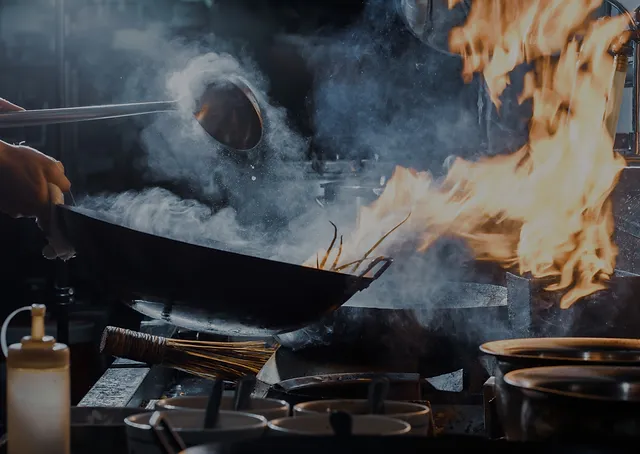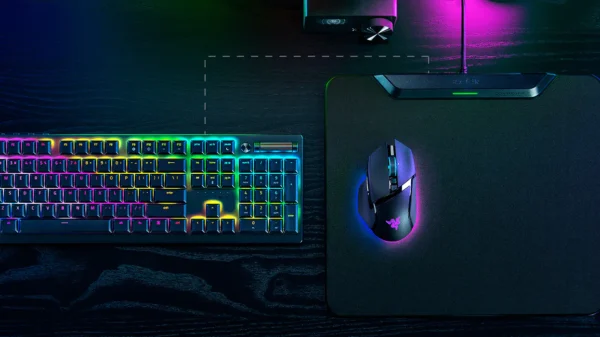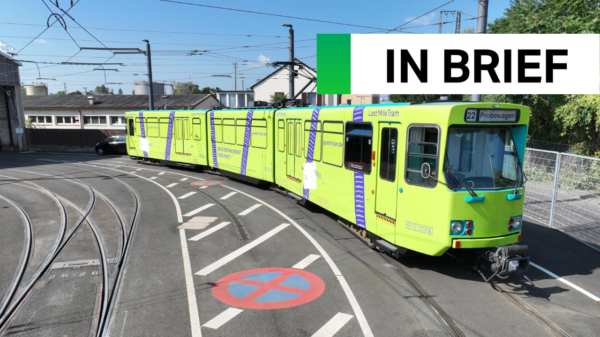Automating Cooking for Chain Restaurants
Botinkit’s journey began with a vision to tackle the staffing and training challenges faced by the food industry, especially for restaurant expansion. With expertise in diverse fields, the founders saw an opportunity to merge chemistry, electrical engineering, and their own culinary backgrounds to create a robotics company that could transform the way cooking is approached in the food service sector. Since its inception, Botinkit has made significant strides in the market, taking its cooking robots beyond its home base in Shenzhen to other regions, including Japan and the United States.Cooking Robots for Diverse Cooking Skills

Photo:
BOTINKIT
Facilitating Restaurants’ Cross-Regional Expansion
One of the significant challenges that restaurants face when expanding to new locations is finding and training an adequate number of staff members to maintain consistent quality control. Here’s where Botinkit’s cooking robots play a pivotal role: A typical 100-square-meter kitchen usually requires six to ten staff members, but with Botinkit’s robots, this number can be reduced to just one or two. For franchise restaurants with multiple locations, this means a potential reduction in kitchen staff from thousands to a few hundred. Such a reduction in staff not only streamlines operations but also ensures consistency in cooking quality, making it easier for restaurants to expand into new markets.The Promise of Digitized Cooking
Botinkit’s vision goes beyond merely automating cooking processes. The company aims to digitize cooking, unleashing a range of new possibilities, including remote cooking. Imagine a chef in Shenzhen preparing a dish remotely for a customer in the United States using Botinkit’s software and hardware system. This exciting prospect opens up avenues for cross-border culinary experiences and could revolutionize the food industry’s globalization efforts. To achieve this goal, Botinkit is allocating a portion of its recent funding towards developing multi-modal sensors that can not only detect temperature but also flavors and smells. The ultimate aim is to leverage artificial general intelligence (AGI) to allow robots to understand human preferences and refine cooking processes based on data feedback.A Growing Portfolio and Revenue Model
As Botinkit continues to innovate, it is diversifying its revenue streams. While the majority of its revenue comes from selling hardware, the company has ventured into the realm of custom recipe creation. Through its global network of partnered chefs, Botinkit generates income by creating tailor-made recipes for its clients. These clients span various food service segments, from fast-food chains and hotels to catering services and supermarkets. In China, Botinkit’s robots have already been deployed at food stalls inside Walmart and Delibowl, showcasing the broad applicability of its technology.Competition and Future Outlook
While the field of automated cooking robots is witnessing increased interest, Botinkit stands apart with its unique cooking skill set and cross-regional expansion capabilities. Competitors like Miso Robotics are focused on different cooking applications, allowing for potential collaboration opportunities rather than direct rivalry. As Botinkit continues to fine-tune its technology, it will likely attract more interest from investors and food industry giants looking to streamline operations and deliver consistent quality across locations.Conclusion
Botinkit’s success story is a testament to the power of innovation and the impact of technology on traditional industries. By bringing together expertise in diverse fields and leveraging advanced robotics technology, Botinkit is transforming the restaurant industry’s cooking processes. With its recent funding round and ambitious expansion plans, Botinkit is poised to revolutionize the culinary world, making cooking smarter, easier, and healthier for restaurants and customers alike.












































